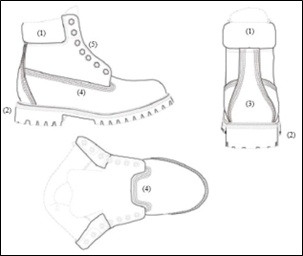The US Patent & Trademark Office (PTO) issued a Notice of Proposed Rulemaking (NPRM) for inter partes review (IPR) and post-grant review (PGR) proceedings before the Patent Trial & Appeal Board, seeking to codify existing precedent and guidance regarding the Board’s discretionary considerations in denying IPR or PGR petitions. 89 Fed. Reg. 28693 (Apr. 19, 2024).
The NPRM follows a 2020 request for comments and an April 2023 Advance Notice of Proposed Rulemaking (ANPR) that the PTO had hoped to finalize in terms of rulemaking by fall 2023. However, proposals in the ANPR hit a snag following criticism from Congress and more than 14,500 comments from stakeholders and the public, including charges that the PTO Director was overstepping her authority.
The newly proposed rules address:
- Briefing on motions for discretionary denial
- Factors for discretionary denial
- Termination and settlement agreements
Briefing on Motions for Discretionary Denial
A significant aspect of the proposal provides for a separate briefing schedule between a patent owner’s preliminary response (POPR) and a request for discretionary denial, which must be filed no later than one month prior to the deadline for the POPR for briefing on its merits. Under the proposal, the discretionary denial arguments would be excluded from the preliminary response unless otherwise authorized by the Board and are intended to avoid encroaching on the wordcount limits for briefing on the merits. Under the proposed briefing process, there would be a 10-page limit for a patent owner’s request for discretionary denial and for the petitioner opposition, and a five-page limit for the patent owner’s sur-reply.
Factors for Discretionary Denial
The proposed rules address denial of institution for “parallel petitions” or “serial petitions” to provide a framework for considering whether previously presented art or arguments provide grounds for denial. The proposed rules also address treatment of joinder petitions, particularly in relation to already instituted petitions. Parallel petitions are defined in the proposed rule as two or more petitions by the same petitioner challenging the same patent that are filed on or before the filing of a POPR to any of the petitions or on or before the due date for filing a POPR to the first petition. Serial petitions are defined as challenged claims of the same patent overlapping with those in a previously filed petition for IPR, PGR or covered business method patent review.
According to the proposed rules, a parallel petition would not be instituted without a good cause showing of why more than one petition is necessary. Factors for a good cause showing include:
- A petitioner’s ranking of desired petitions for consideration
- An explanation of differences and materiality between the petitions
- The number of challenged patent claims, including those asserted by the patent owner in district court litigation
- A priority date dispute
- Alternative claim constructions requiring different prior art references on mutually exclusive grounds
- Knowledge of asserted claims at the time of filing a petition
- Complexity of the technology
Similar considerations would also apply to joinder petitions.
[...]Continue Reading
read more

 Subscribe
Subscribe



